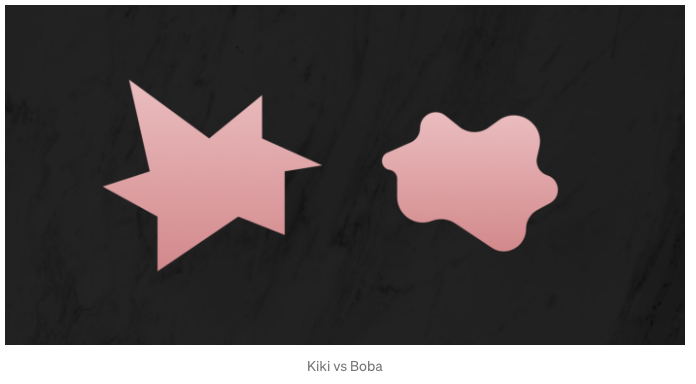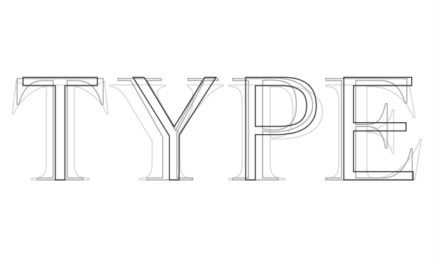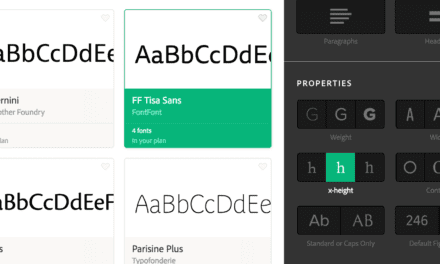ARTICLE SUMMARY: There is a lot of psychology used in design, especially when it comes to the use of shapes to create user-friendly interface components.
An experiment by Wolfgang Kohler in 1929 and later recreated more comprehensively by V.S. Ramachandran and Edward Hubbard 72 years later in 2001 has led to the “The Kiki/Boba Effect and Shape Perception” in an effort to study the affect of different shapes on people and how they react.
“HOW DESIGN SPEAKS THROUGH ITS SHAPES” is a good look into how the The Kiki/Boba Effect and Shape Perception can be used to influence the visitors to your website to take a desired action. This article discusses how to use it when designing
- Buttons
- Cards
- Brand Identities
As designers we know what people perceive is simply the aesthetics, but what they experience is something more profound than that when done right. This is another tool to add to your design tool box to help you lay out all the elements in your design to have a synergy with each other in a deliberate manner to influence the end-user experience.
Let us know what you think in the comments.




